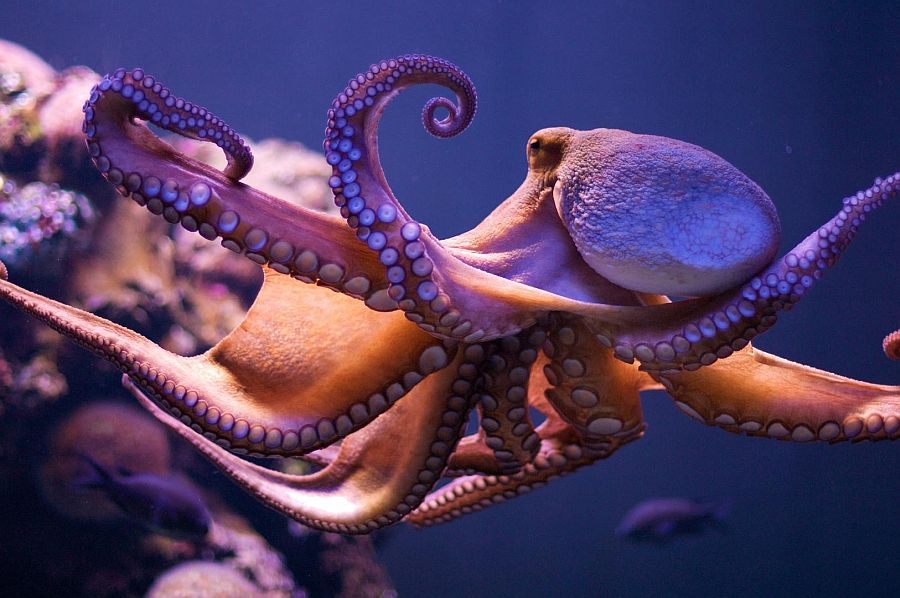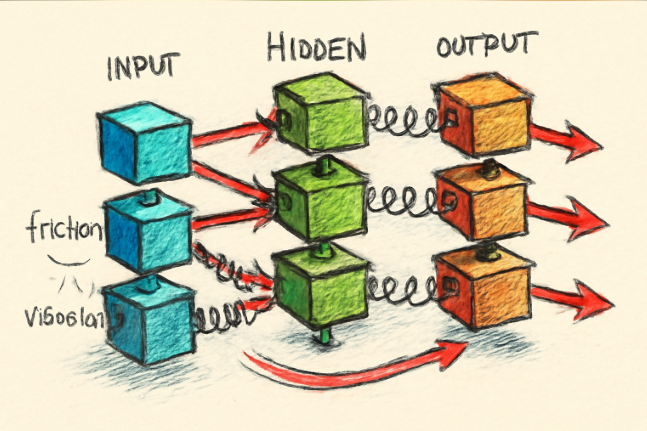
Researchers at University of Illinois at Urbana-Champaign and collaborators have come with up an innovative way to surgical grip the fragile tissue grafts. Generally, during the ultra-thin tissue grafts, the grip leads to the collapse of structural integrity and functionality of soft tissues transplants. It has always been a challenge to preserve them during grafting and transferring process.
These delicate implants and flexible electronics are potent for following applications:
- Wound healings: this includes skin and tissue grafting. The treatment is done usually in case of surgery and bad burn.
- Regenerative medicine: it includes tissue engineering and body’s ability to self-heal. And at time, with the assistance of foreign biological material, the body rebuilds tissues and organs.
- Biosensing: Biosensors are diagnostic devices that are integrated within a tissue or cellular ecosystem of a living organism to trace digital electronic signal. This signal, for instance, represents the presence of certain molecules or chemical substance. Also, the device can be configured to a particular measurement as per requirements.
Animal kingdom for inspiration
New device is based on structure of octopus’ sucker. It is used to handover delicate implants and flexible electronics within the tissue of a patient.
It’s been quite some time now tissue sheets are used at cellular level to cure disease or heal injuries. The most vital aspect during tissue transplantation surgery is surgical grasping and risk-free transplantation of soft tissues. For instance, during corneal tissue transplantation surgery, the graft generally crumples down when picked up from culture media claimed study leader, Hyunjoon Kong.
So, the team started working on ways that could help them not only in quick pick-up but also release the fragile sheets of cells or nano electronics with minimum or no damage.
Suction cups on octopus and squid’s arms
Researchers observed how octopus or squid deal with while holding objects, be it dry or wet. Depending on the size of objects, the organisms apply “relative” pressure within their suction cups, which is a mesh of inter-connected muscles. This gave them idea to replicate the technique.
They created a layer of soft hydrogel which directly reacts to temperature that is further controlled to an electric heater.
How does the device work?
Hydrogel is first heated via electric heater attached to it. And then pressed it against the thin sheet that is to be picked up. Simultaneously, the heat is switched off.
No sooner the hydrogel expands, it will create a suction against the soft tissue or the flexible electronic film. It is then the sheet is lifted and gently placed on the target. Subsequently the heater is switched on again, shrinking the hydrogel and thus, releasing the sheet.
Existing process involve transferring sheets via escalating them on temperature-sensitive soft polymer. This technique changes the structural integrity and functionality of the thin film once transference is complete. Also, it takes nearly 60 minutes to transfer single sheet. Therefore, the risk of tearing or wrinkling is very high.
Takeaway
Researchers envision to embed sensors into the new system so that they can take full advantage of their soft, bio-inspired design. They also foresee that their new design will lead to bare minimum contamination.
Adding sensors to it will help researchers keep track of occurrence of any minor deformation, which can be taken care of on the fly. By adjusting the suction force in the real time, scientists will be able to rule out any deformity.
Also, efficacy of therapies at cellular and tissue level will also be tracked down via soft manipulators.
Credit: University of Illinois



